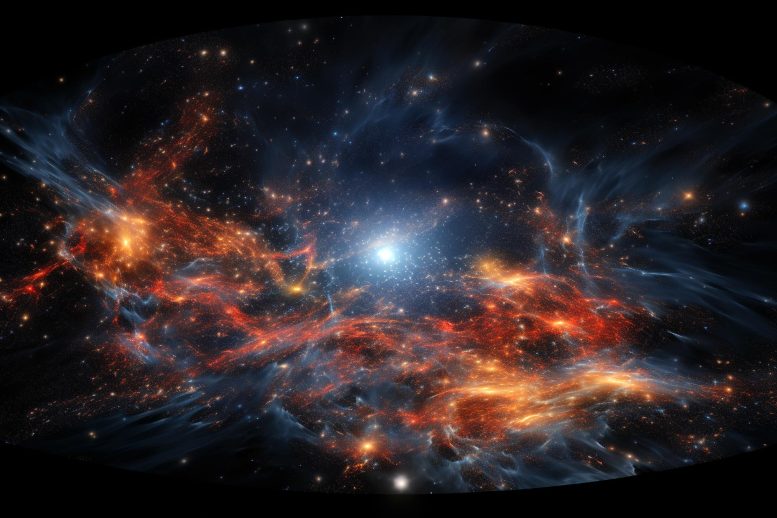
Using the ALMA, astronomers have observed star birth and potential death sites in a galaxy 13.2 billion light-years away. Their observations revealed an ionization process by newly formed stars and a massive cavity that might represent a “superbubble” from supernova explosions, marking the most distant such structures observed.
Scientists using the Atacama Large Millimeter/submillimeter Array (ALMA) have identified the sites of star formation and a possible site of star death in a galaxy located 13.2 billion light-years away. This marks the furthest such structures ever observed.
Star Formation and Star Death Sites Identified
New observations employing ALMA have successfully pinpointed the sites of star formation and a potential site of star death within the nebulae of a galaxy 13.2 billion light-years away. These structures are the most distant of their kind to have been observed to date.
A research team led by Yoichi Tamura, an astronomer at Nagoya University, endeavored to conduct high-resolution observations of a galaxy named MACS0416_Y1, which is located in the Eridanus constellation, 13.2 billion light-years away. In prior research conducted by this team, radio waves were detected that were emitted by both oxygen and dust, two key components of interstellar nebulae. Detailed analysis of the dust and oxygen distribution can potentially reveal insights into the life and death of stars within nebulae. However, the previous observations lacked the necessary resolution to visualize the nebulae structure.
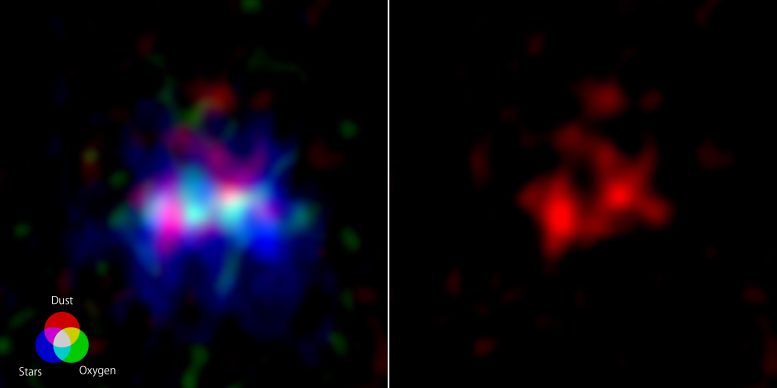
(Left) Dust is shown in red, oxygen is shown in green, and starlight imaged by the Hubble Space Telescope is shown in blue. (Credit: ALMA (ESO/NAOJ/NRAO), Y. Tamura et al., NASA/ESA Hubble Space Telescope) (Right) ALMA dust emissions shown alone. A vertically elongated elliptical cavity, a possible superbubble, is visible in the central region. Credit: ALMA (ESO/NAOJ/NRAO), Y. Tamura et al.
Detailed Observations and Findings
In this recent study, the team utilized ALMA for 28 hours, focusing sharply on MACS0416_Y1. The results depicted dust signal regions and oxygen emission regions as intricately intertwined, yet avoiding each other. This pattern suggests a process where newly formed stars within the nebulae ionize the surrounding gas.
In addition, the team discovered a massive cavity, spanning roughly 1,000 light-years, within the dust-dominated regions. When new, massive, and short-lived stars are born en masse, their resultant consecutive supernova explosions can produce enormous “superbubbles” within the nebulae. The observed cavity may indeed be such a superbubble.
Unique Observation Performance and Future Prospects
Takuya Hashimoto from the University of Tsukuba likened the observation performance to capturing the extremely faint light emitted by two fireflies, separated by only 3 centimeters, at the summit of Mount Fuji, and being able to distinguish between them as seen from Tokyo.
The research team’s measurements of the nebulae’s gas motion suggest an environment conducive to the formation of many stars, potentially forming massive clusters. Team leader Tamura shares promising future prospects based on these results. He asserts that, “In the future, more detailed information can be obtained by conducting high-resolution observations of these star clusters themselves, using instruments such as the James Webb Space Telescope and the planned Extremely Large Telescopes.”
These observation results were published as Yoichi Tamura et al. “The 300 pc Resolution Imaging of a z = 8.31 Galaxy: Turbulent Ionized Gas and Potential Stellar Feedback 600 Million Years after the Big Bang” in the Astrophysical Journal.
Reference: “The 300 pc Resolution Imaging of a z = 8.31 Galaxy: Turbulent Ionized Gas and Potential Stellar Feedback 600 Million Years after the Big Bang” by Yoichi Tamura, Tom J. L. C. Bakx, Akio K. Inoue, Takuya Hashimoto, Tsuyoshi Tokuoka, Chihiro Imamura, Bunyo Hatsukade, Minju M. Lee, Kana Moriwaki, Takashi Okamoto, Kazuaki Ota, Hideki Umehata, Naoki Yoshida, Erik Zackrisson, Masato Hagimoto, Hiroshi Matsuo, Ikkoh Shimizu, Yuma Sugahara and Tsutomu T. Takeuchi, 13 July 2023, Astrophysical Journal.
DOI: 10.3847/1538-4357/acd637

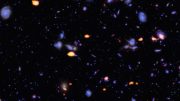
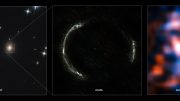
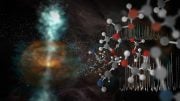
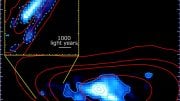
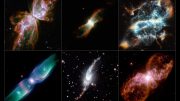
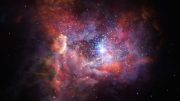
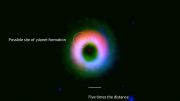
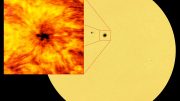
Be the first to comment on "Cosmic Cradles and Graves: Tracing Life and Death of Stars in the Most Distant Galaxy"